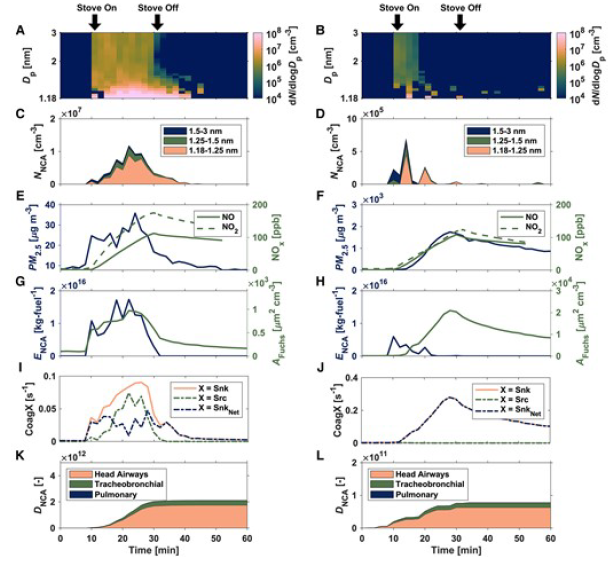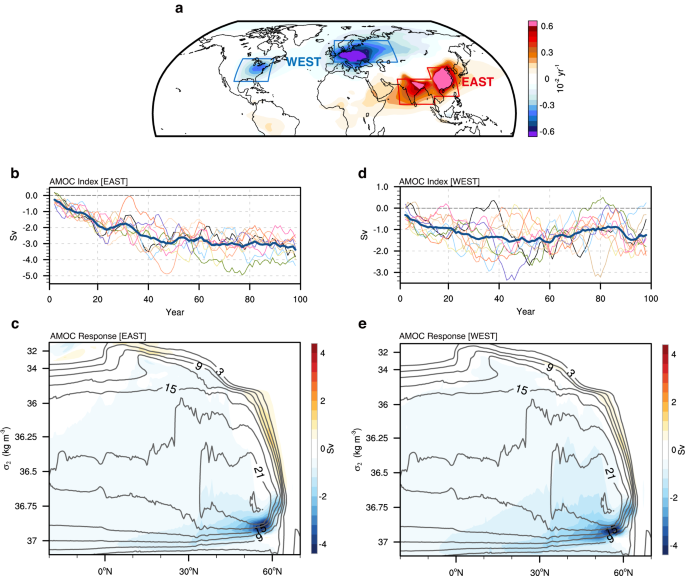2024-02-27 パデュー大学
<関連情報>
- https://www.purdue.edu/newsroom/releases/2024/Q1/you-may-be-breathing-in-more-tiny-nanoparticles-from-your-gas-stove-than-from-car-exhaust.html
- https://academic.oup.com/pnasnexus/article/3/2/pgae044/7614671?login=false
ガス調理中の室内大気におけるナノクラスターエアロゾルのダイナミクス Dynamics of nanocluster aerosol in the indoor atmosphere during gas cooking
Satya S Patra, Jinglin Jiang, Xiaosu Ding, Chunxu Huang, Emily K Reidy, Vinay Kumar, Paige Price, Connor Keech, Gerhard Steiner, Philip Stevens …
PNAS Nexus Published:27 February 2024
DOI:https://doi.org/10.1093/pnasnexus/pgae044

Abstract
Nanocluster aerosol (NCA: particles in the size range of 1–3 nm) are a critically important, yet understudied, class of atmospheric aerosol particles. NCA efficiently deposit in the human respiratory system and can translocate to vital organs. Due to their high surface area-to-mass ratios, NCA are associated with a heightened propensity for bioactivity and toxicity. Despite the human health relevance of NCA, little is known regarding the prevalence of NCA in indoor environments where people spend the majority of their time. In this study, we quantify the formation and transformation of indoor atmospheric NCA down to 1 nm via high-resolution online nanoparticle measurements during propane gas cooking in a residential building. We observed a substantial pool of sub-1.5 nm NCA in the indoor atmosphere during cooking periods, with aerosol number concentrations often dominated by the newly formed NCA. Indoor atmospheric NCA emission factors can reach up to ∼1016 NCA/kg-fuel during propane gas cooking and can exceed those for vehicles with gasoline and diesel engines. Such high emissions of combustion-derived indoor NCA can result in substantial NCA respiratory exposures and dose rates for children and adults, significantly exceeding that for outdoor traffic-associated NCA. Combustion-derived indoor NCA undergo unique size-dependent physical transformations, strongly influenced by particle coagulation and condensation of low-volatility cooking vapors. We show that indoor atmospheric NCA need to be measured directly and cannot be predicted using conventional indoor air pollution markers such as PM2.5 mass concentrations and NOx (NO + NO2) mixing ratios.



